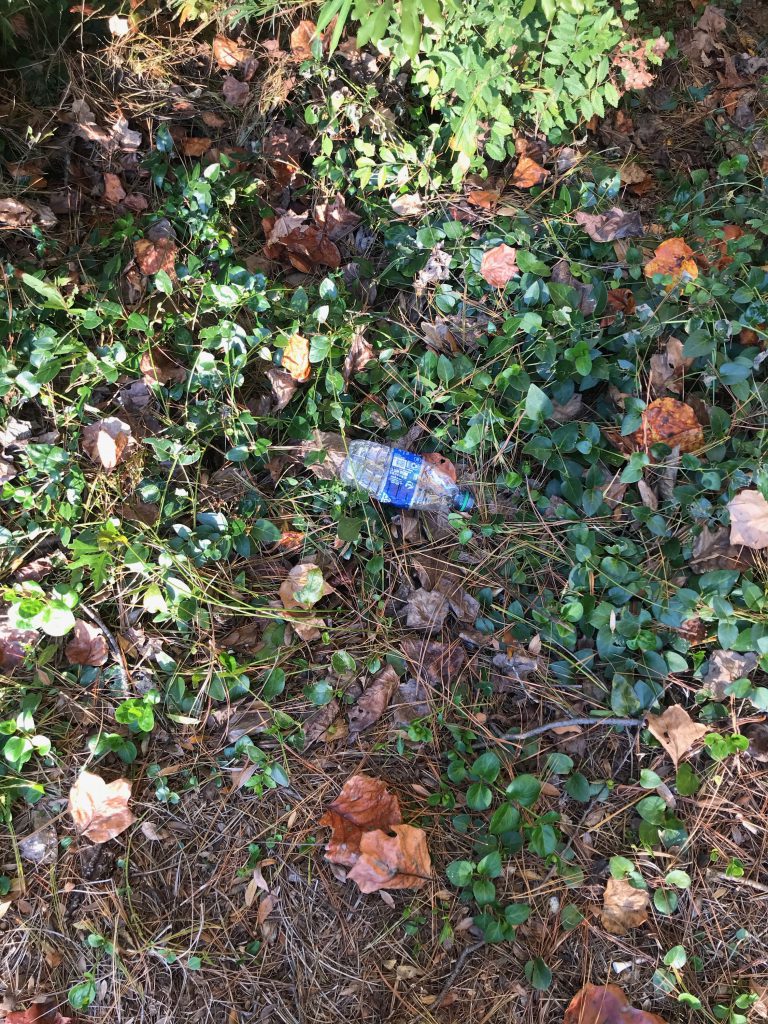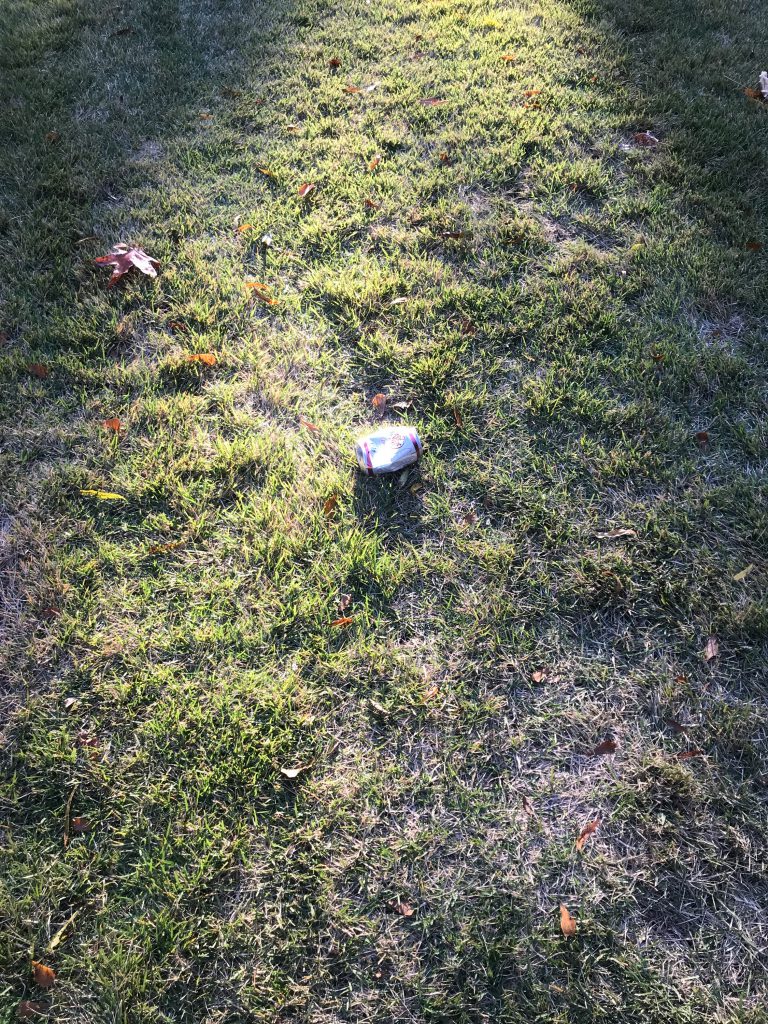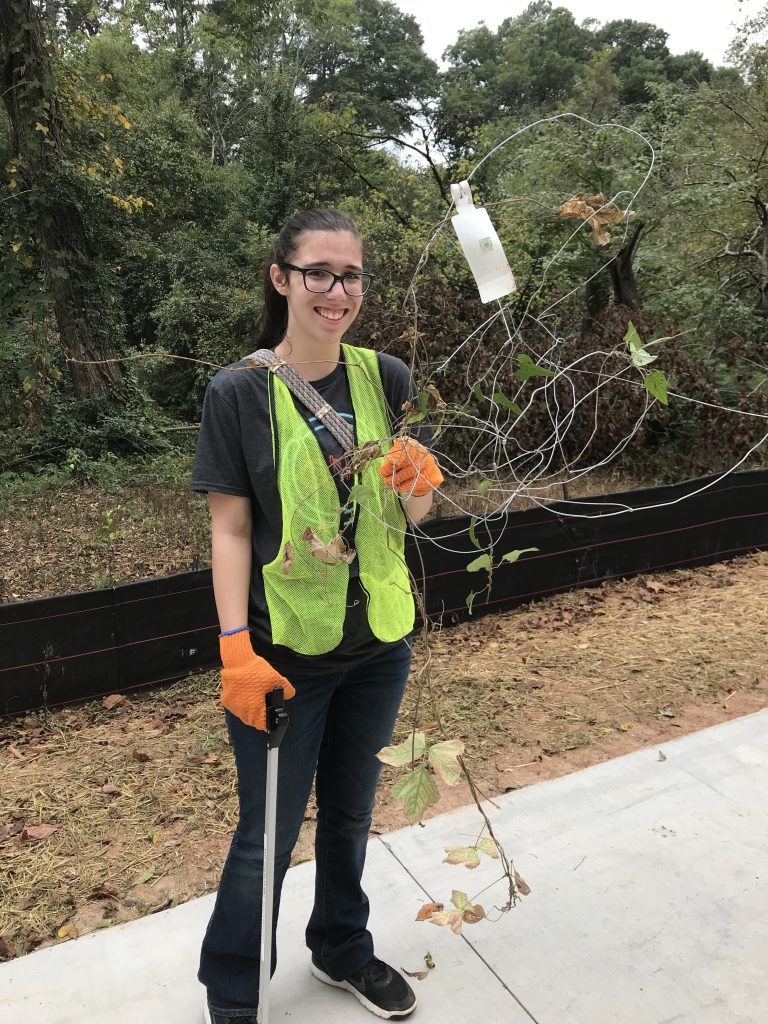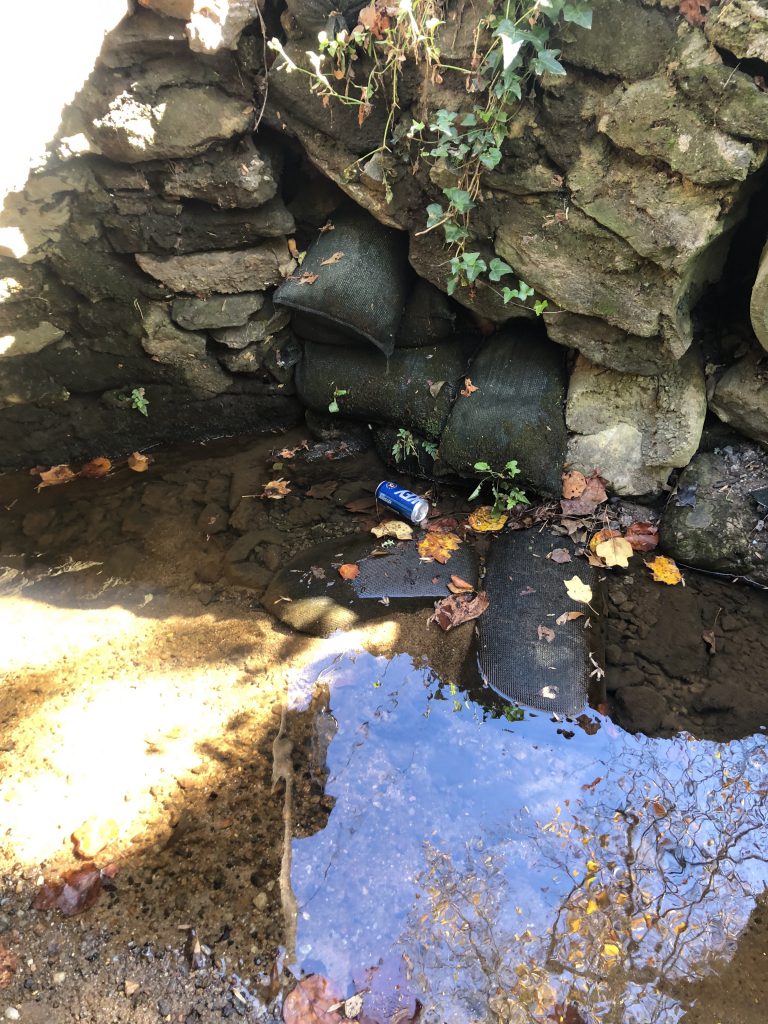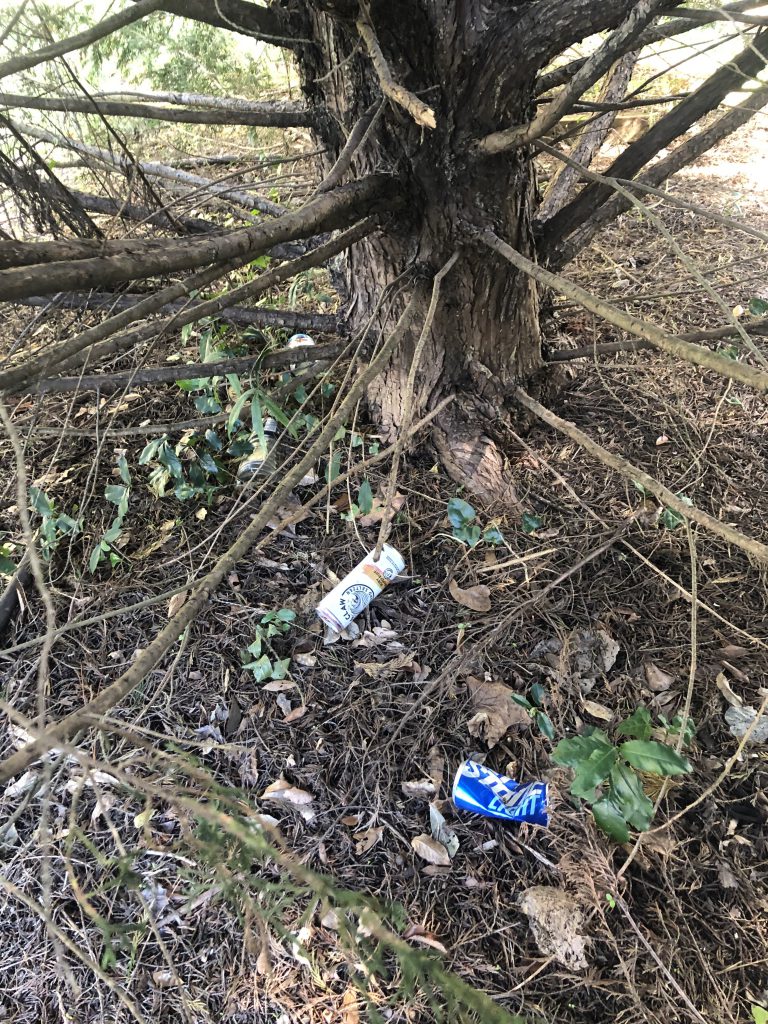For my service outreach project, I was part of the tailgate clean up group. As someone who loves to tailgate, I see trash thrown all over the place before football games. Many people neglect to use the trashcans while drinking and eating. This creates a monster cleanup needed for the next day. Since I was so interested in the mess that would be there the next day, I started a bit earlier than the others and woke up around 8 a.m. to see what remnants of trash remained. I started at the field near O-house. Here, I saw beer cans, coke cans, pringles trash, and much more. I was in awe. I started to pick up here with a trash bag. After I did this, I went to other locations: frat houses, parking lots, and so on. Here, I saw similar things. There was trash everywhere. I continued to pick up until the trash bags I brought were full.
This whole experience made me feel very frustrated and angry. How hard is it to throw away your own trash in a trash can? If everyone threw away their own trash, which should not even have to be asked, there would be no mess to clean up or potential dangers made for animals.
This experience was helpful to see how much trash really remains after tailgates. I am now a lot more passionate about keeping the environment clean because seeing all of the cans and other trash truly hurt my heart. I am not one to clean often, so I was probably not as diligent as I could’ve been; however, I am now way more interested keeping the earth clean and doing clean-ups after events.
I will not ever litter again, especially in a place that is my new home. I am going to make sure the people I am with also throw their trash away, and if I see anyone fooling around and making a mess without cleaning it up, I will be sure to call them out. By doing this, I hope others will realize in the future how important it is to keep your environment clean.

